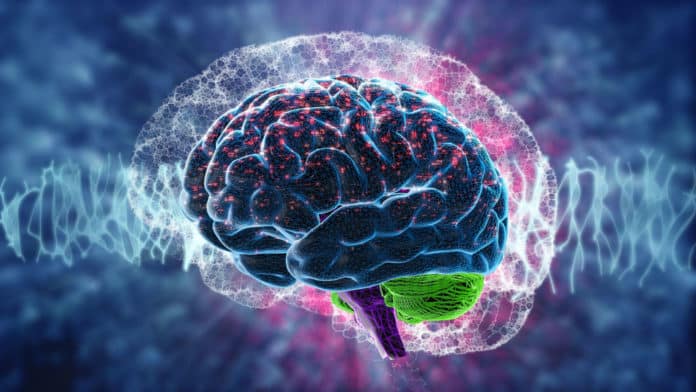Throughout life, cells of the body acquire somatic mutations. In frozen post-mortem human brains, researchers from Yale University have found that somatic, or non-inherited, mutations are considerably more likely to accumulate in roughly 6% of brains, and these “hypermutable” brains are typically 40 years of age or older.
The behavior, comparable to clonal hematopoiesis in the bone marrow that can result in blood cancer in elderly people, is attributed to cell lines with mutations that outcompete other cell lines.
This is the first large-scale study of somatic mutations in human brains. Scientists were not expecting to find this hypermutability in older populations.
Scientists analyzed 131 human brains (44 neurotypical, 19 with Tourette syndrome, 9 with schizophrenia, and 59 with autism) for somatic mutations. Typically, brains had 20 to 60 detectable single-nucleotide mutations, and about 6% had hundreds; most of these hypermutated brains were from individuals aged 60 years or older.
Hypermutated brains constituted 16% of brains 60 or older, while only 2% of those under 40 years old. These hypermutations were not associated with any disease.
Scientists have, however, begun to hypothesize that a high number of mutations may be connected to brain cancer and Alzheimer’s disease due to the increased number of hypermutations found in older brains.
The brains of donors who had autism were closely examined. It was discovered that somatic mutations were connected to the deletion of significant amounts of DNA and the disruption of transcription factors’ capacity to bind to DNA regulatory regions and control gene activity.
Scientists highlighted the need to rule out their role in developing those diseases.
Journal Journal:
- Taejong Bae, Liana Fasching, et al. Analysis of somatic mutations in 131 human brains reveals aging-associated hypermutability. Science. 28 Jul 2022. Vol 377, Issue 6605. pp. 511-517. DOI: 10.1126/science.abm6222
